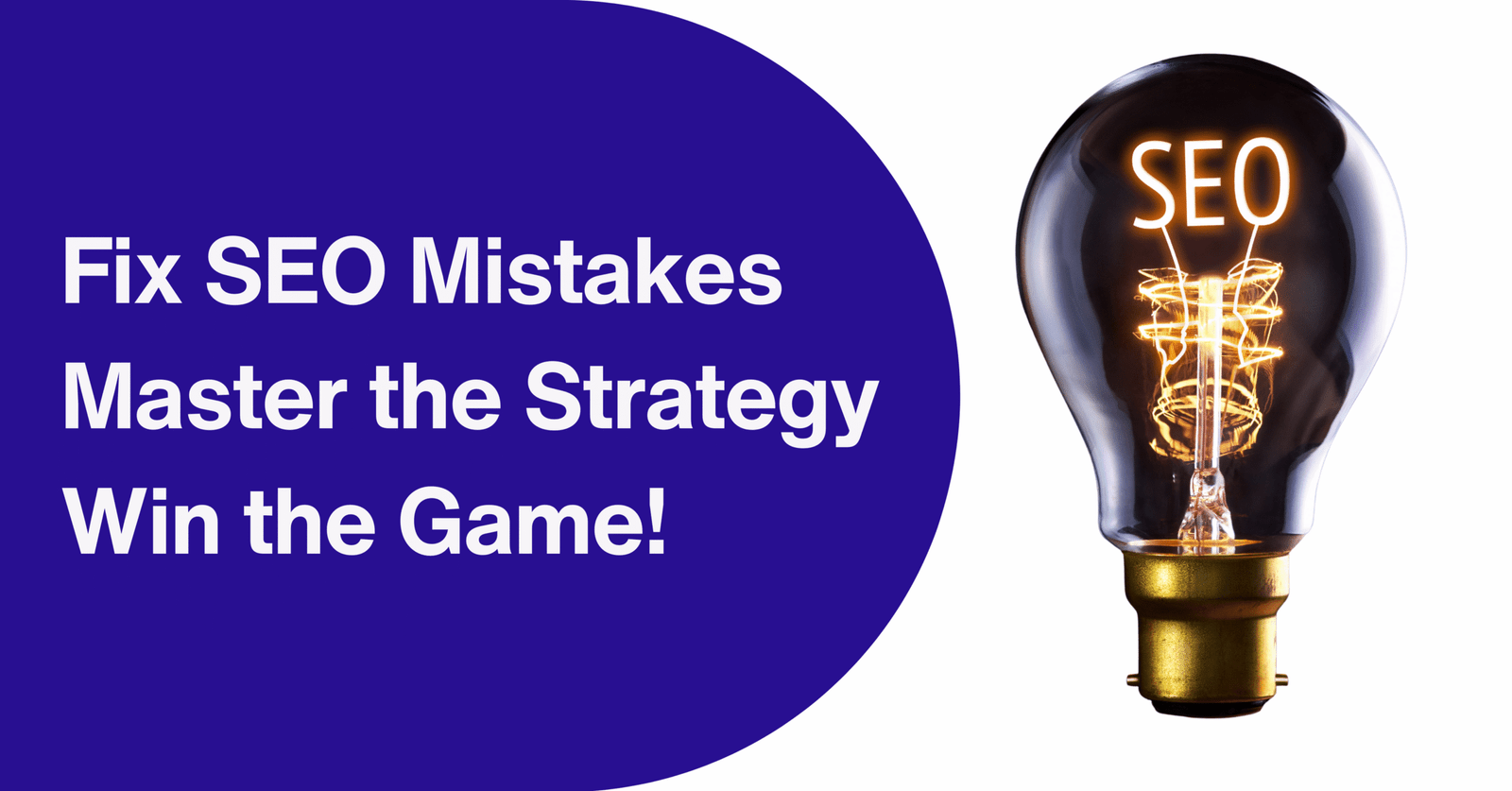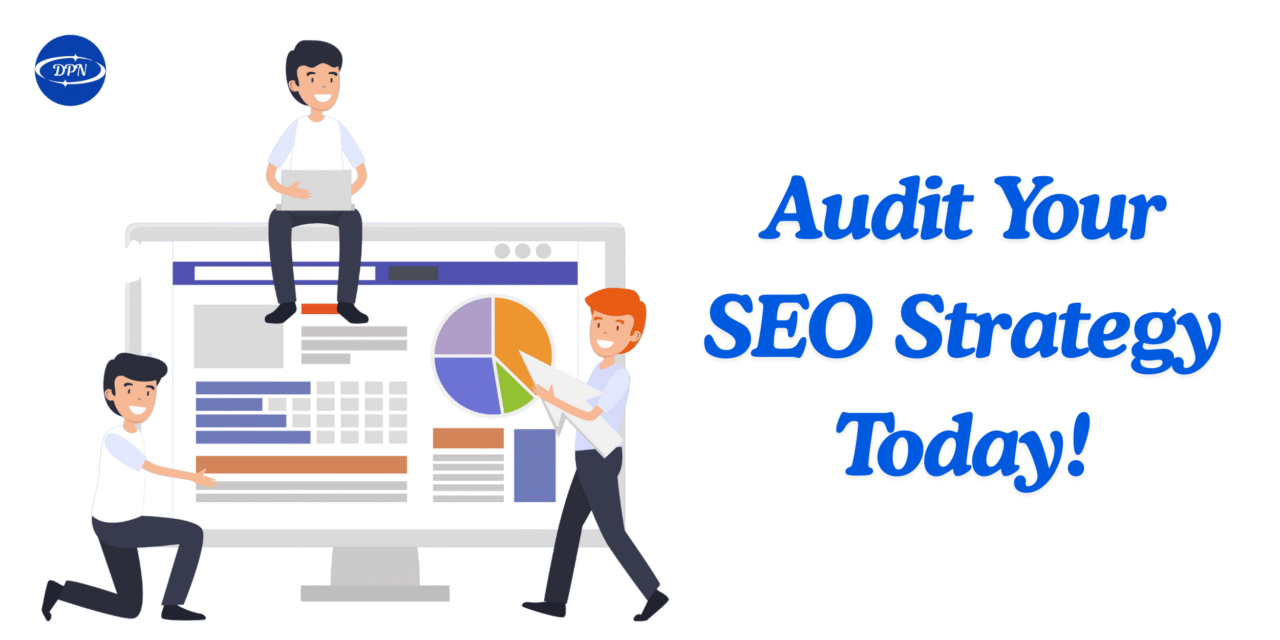
Why Your SEO Strategy Isn’t Delivering Results Anymore
Are your rankings going up, but conversions staying flat? Is your content visible but not impactful? You’re not alone—and the problem isn’t your effort. It’s your SEO strategy.
Search Engine Optimization isn’t dead—but your current approach to SEO may no longer be the high-ROI machine it once was. In 2025, the digital playing field has evolved, and the rules of winning with SEO have shifted dramatically.
Let’s dive into why your SEO strategy might not be working, the hidden roadblocks, and—most importantly—what high-performing businesses are doing differently to drive real growth.
Why Is SEO Losing Its Shine?
If SEO is so critical, why are so many brands investing heavily and still not seeing results?
In theory, a strong SEO plan should help drive organic traffic, improve visibility, and lower acquisition costs. But in reality, many businesses hit a glass ceiling.
Here’s why:
Google’s SERP is no longer a fair playing field.
Zero-click searches, AI-generated answers, and paid placements dominate.
User behavior has shifted—expectations are higher, attention spans shorter.
Content saturation makes it harder to stand out.
Many companies are stuck using outdated tactics.
So what’s really happening?
The Biggest Challenges Holding Your SEO Strategy Back
Your content might rank on page one, but if it doesn’t align with search intent, users bounce fast.
The Real Issue:
Your SEO is optimized for Google’s algorithm—not the human on the other side of the screen.
The Fix:
Shift your SEO strategy from “ranking content” to “relevant content.” Focus on intent, clarity, usability, and experience.
AI tools have made content creation faster—but they’ve also created fatigue.
The Danger:
A weak SEO strategy that leans only on AI produces repetitive, low-value content. Google may rank it briefly, but users won’t trust it.
The Fix:
Use AI as an assistant, not a replacement. Add human expertise, insights, and case studies to your overall strategy.
Outdated SEO plan focus on keywords instead of intent. But in 2025, people search with emotion, urgency, and expectations.
The Fix:
Adopt a topic-cluster approach. Build content ecosystems around themes, pillar pages, and interlinked posts.
Even the best content fails if your site is slow, clunky, or confusing. Google’s Core Web Vitals make UX a ranking factor—and poor UX ruins the whole SEO.
The Fix:
Treat UX as part of your SEO strategy. Improve load speed, mobile experience, and navigation.
Google’s E-E-A-T guidelines (Experience, Expertise, Authoritativeness, Trustworthiness) prove that credibility drives rankings. Without trust signals, your SEO tactics falls flat.
The Fix:
Add author bios and credentials.
Show certifications and reviews.
Build a trustworthy brand presence.
What High-Growth Brands Do Differently
The companies winning in 2025 have evolved their SEO into something bigger:
From Keywords to Authority
They build authority with topic clusters, not just keywords.From Traffic to Trust
Their approach prioritizes conversion and nurturing, not vanity metrics.From Rankings to Results
They track engagement, leads, and ROI—not just impressions.From Tactics to Brand-Led SEO
Their strategy strengthens brand voice and thought leadership.
The Winning SEO Strategy for 2025 & Beyond

If you’re serious about growth, it’s time to:
Stop chasing rankings only.
Start building trust with humans.
Pair your SEO strategy with UX, branding, and storytelling.
SEO still matters — but as part of a bigger growth engine.
Final Thought!
Ask yourself:
Does my SEO strategy align with user intent?
Am I building trust and authority—or just traffic?
Would I trust my own website if I were a new visitor?
If not, it’s time for a shift. Smart businesses are already evolving their SEO strategies to combine trust, brand, and user-first content. The question is—will you?
